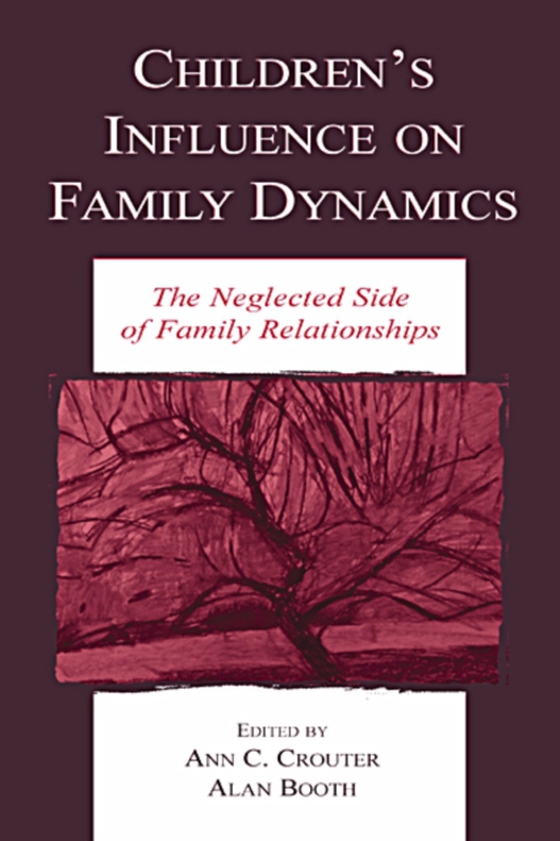
Children's Influence on Family Dynamics e-bog
473,39 DKK
(inkl. moms 591,74 DKK)
Any parent who has raised more than one child is likely to be keenly aware of subtle or even striking differences among their offspring. The central premise of this volume is that children bring personal qualities to their relationships with other family members that help shape family interaction, relationships, and even processes that family researchers have called "e;parenting."e; The...
E-bog
473,39 DKK
Forlag
Routledge
Udgivet
2 april 2003
Længde
280 sider
Genrer
Sociology: family and relationships
Sprog
English
Format
epub
Beskyttelse
LCP
ISBN
9781135632816
Any parent who has raised more than one child is likely to be keenly aware of subtle or even striking differences among their offspring. The central premise of this volume is that children bring personal qualities to their relationships with other family members that help shape family interaction, relationships, and even processes that family researchers have called "e;parenting."e; The chapters address how children's personal qualities make their mark on families in ways that may in turn influence children's subsequent development. The volume is based on the presentations and discussions from a national symposium on "e;Children's influence on family dynamics: The neglected side of family relationships"e; held at the Pennsylvania State University, as the ninth in a series of annual interdisciplinary symposia focused on family issues. It is divided into four parts, each dealing with a different aspect of the topic. Part I sets the stage by focusing on the features of children that make a difference, as well as the kinds of research designs that are likely to shed light on the role of child influences. Part II focuses on early childhood, particularly the role of infant temperament and other individual differences in very young children in shaping their parents' behaviors, reactions in turn that feedback and influence the developing child. Part III focuses on adolescence, a time when young people are able to exert more choice in how they spend their time and who they spend it with. Part IV pulls the themes of the volume together and points the way for future research.
 Dansk
Dansk

